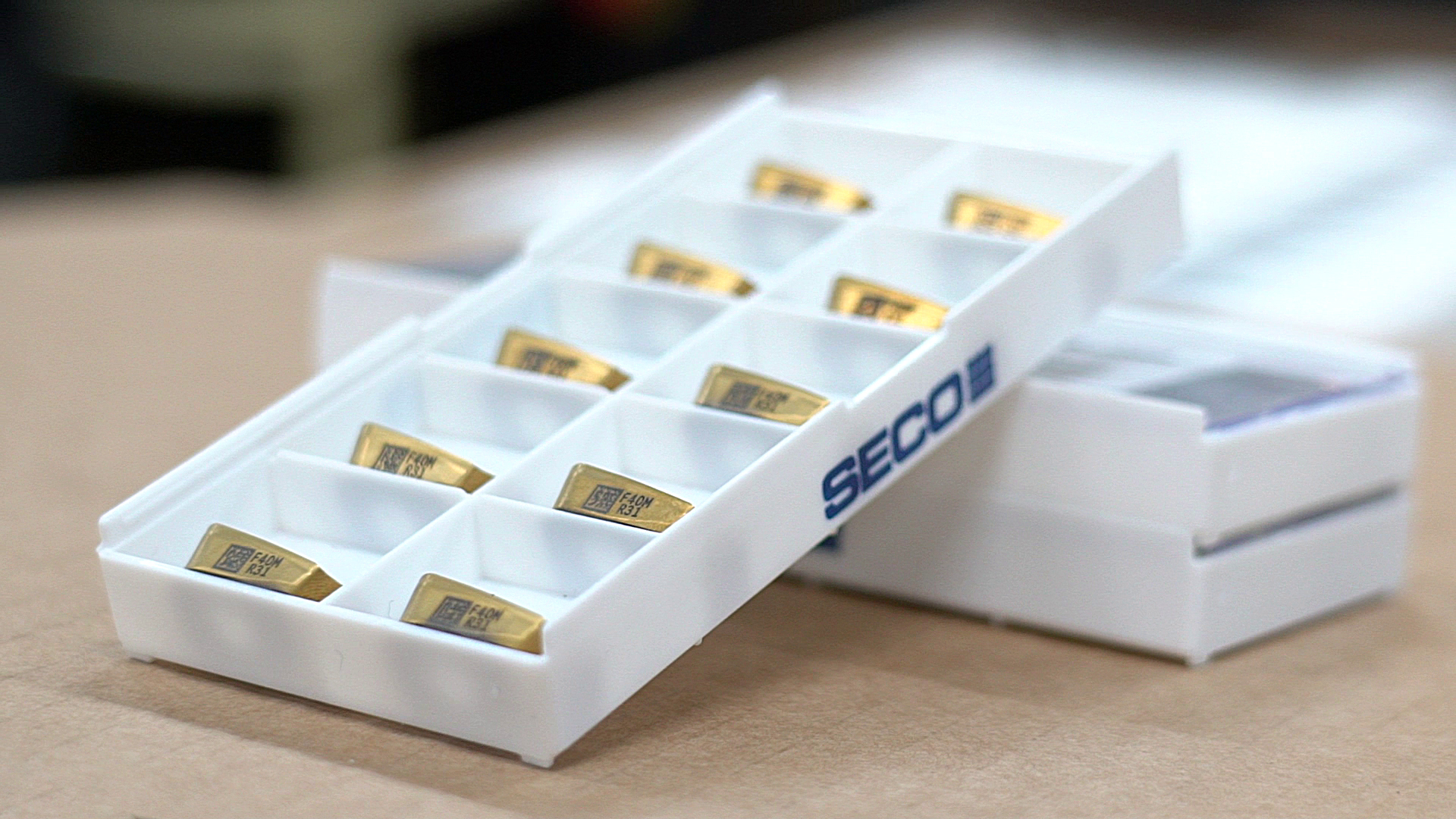Innovations creating customer value
We develop products and solutions that increase customer productivity and make their operations more efficient and sustainable. Our expertise across the entire manufacturing value chain and the ability to automate and optimize manufacturing processes, increases speed and the quality of design and planning.
In 2021, Sandvik became the first company to successfully 3D print components in super-duplex stainless steel, which opens up exciting opportunities for offshore industrial segments. The biggest cost in the offshore industry is downtime so customers require expensive safety stocks of spare parts. Producing spare parts by additive manufacturing on demand reduces stock and the working capital for customers.
Customers will increase their efficiency through the ZeroTouch® family of 3D inspection products, developed by DWFritz Automation, which we acquired during the year. The products rapidly capture millions of data points to create high-precision 3D point clouds. ZeroTouch is based on a unique and patented, high-speed, non-contact metrology platform architecture with micrometer precision. It is a precise inspection system for processing complex geometries in just a fraction of time versus traditional solutions.
Seco has developed a way to laser tag inserts with scannable Data Matrix codes, which enable storing information such as product and batch for each individual tool. This offers the potential for full traceability – something that is extremely valuable in many applications related to the performance and quality of the tool and even when it comes to recycling tools in an efficient way. The tags will be featured in the newly released Turbo™ 16, a square shoulder-milling product that reduces power consumption and tool wear while boosting tool life by up to 130 percent.

